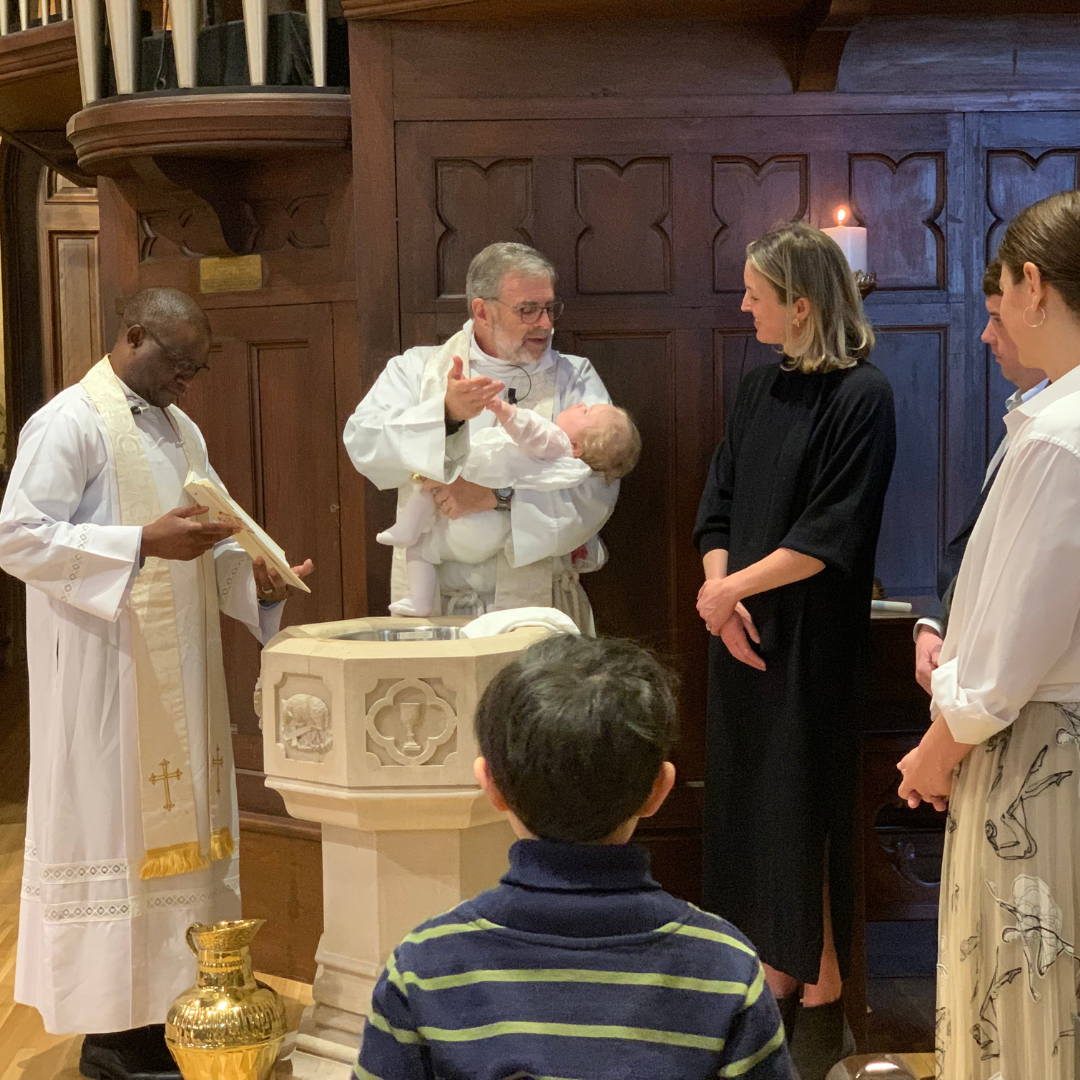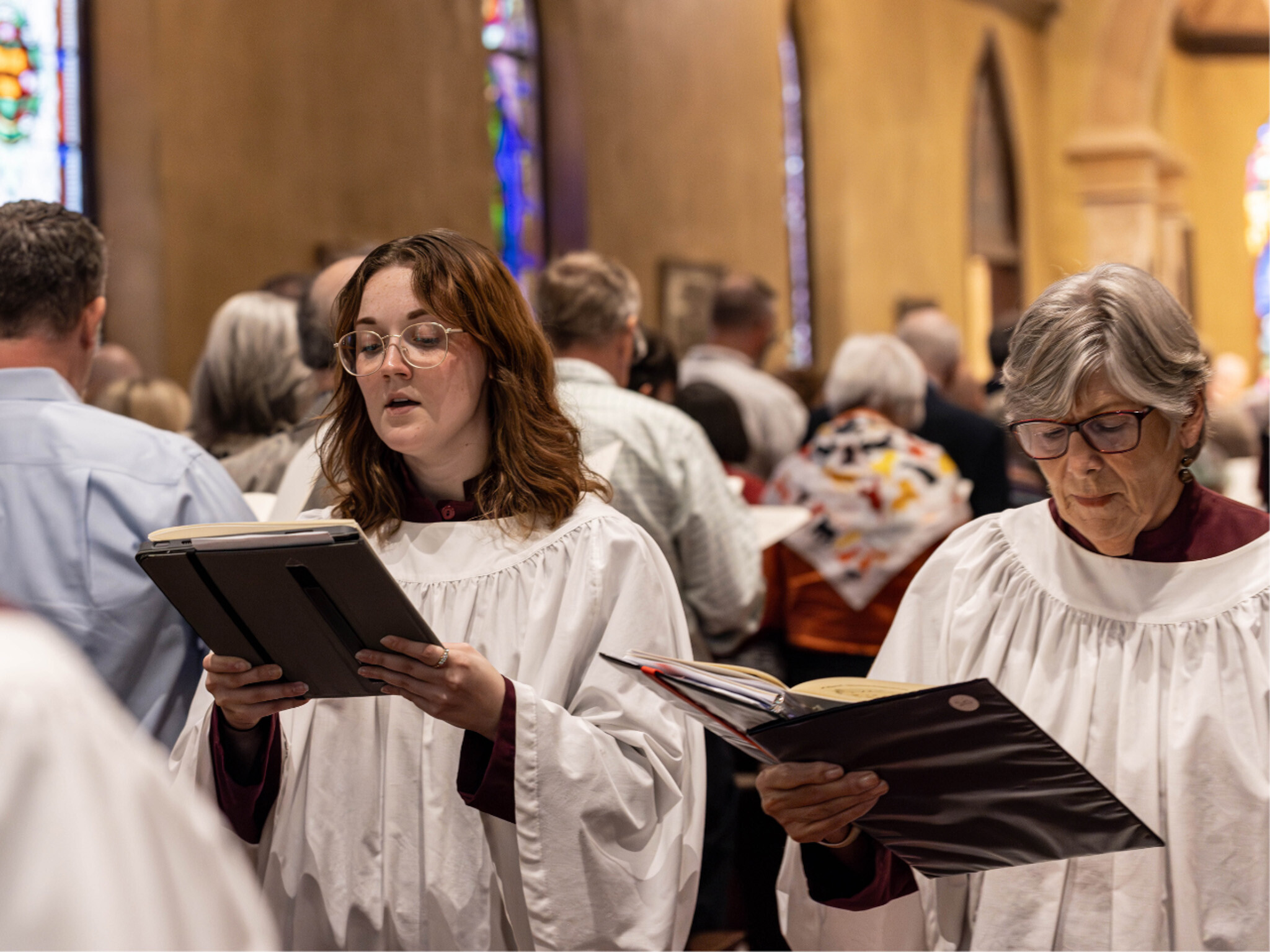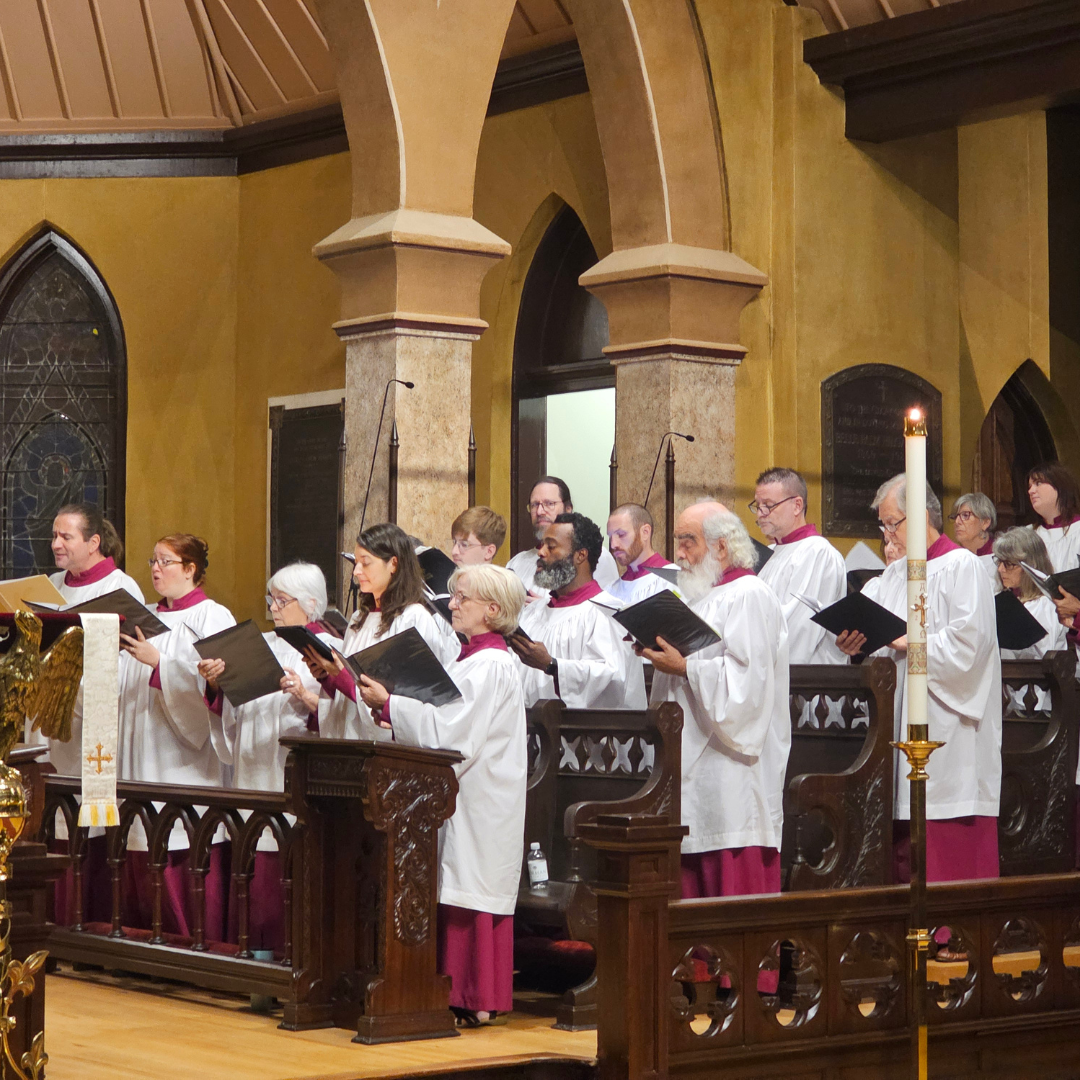
On the First Sunday after the Epiphany the modern Western Church celebrates the Baptism of Our Lord Jesus Christ. This event seems to have puzzled Christians from the beginning; in Matthew’s Gospel the Baptizer is confused and reluctant, and the act is explained by Our Lord as ‘proper...in this way to fulfill all righteousness’. The liturgical tradition offers a further insight: Christ’s baptism in the Jordan was in itself salvific, as all waters (by extension, mystically but also quite practically, according to the hydrological cycle) were thereby sanctified –
The springs of waters were sanctified when Christ appeard in glory to the whole world:
draw ye waters from the spring of salvation, for now is every creature sanctified by Christ our God.
– an insight that was carried over in a baptismal prayer in the Book of Common Prayer, where it remained until twentieth-century reforms:
...and by the Baptisme of thy wel beloved sonne Jesus Christe, thou dydest sanctifie the fludde Jordan, and al other waters, to this misticall washing away of synne...
At one time the commemoration of this event was part of a unitive Feast of the Epiphany which encompassed the Visitation of the Magi, the Baptism of Our Lord, and the First Miracle at the wedding in Cana, as both the Office hymn with which we close the service, ‘When Christ’s appearing was made known’ [132], and an antiphon which forms the basis of the Communion anthem (a simple setting of the chant melody by living composer Carlotta Ferrari) make clear. The text of the latter reads
We celebrate this holy day adorned with three miracles:
Today a star led the Magi to the manger;
Today wine was made from water at a wedding;
Today Christ was willing to be baptized by John in the Jordan to save us.
Alleluia.
All these events are parts of the unfolding manifestation of Christ to the world: to foreign visitors even in his early life, and to the public at his baptism, which marks the beginning of his adult ministry and is in a sense confirmed by the first miracle. The threefold feast has also been seen as symbolic of the marriage of Christ and the Church (Revelation 21), a continuation of the narrative that began with the Parable of the Bridegroom (Matthew 25) read in the pre-Advent season and will be consummated at the Presentation of Our Lord in the Temple (February 2), as another antiphon shows:
Today the Church is joined to her heavenly Bridegroom:
because in Jordan Christ hath washed away her offences:
the wise men with their offerings hasten to the royal marriage:
and the guests are regaled with water made wine. Alleluia.
Two of our hymns for this Sunday recount the events of the Baptism: the act itself, the descent of the Spirit like a dove, and the confirming voice from heaven ‘this is my beloved Son’. Both the modern ‘Christ, when for us you were baptized’ [121] and Luther’s catechism hymn ‘When Jesus went to Jordan’s stream’ (‘Christ, unser Herr, zum Jordan kam’ [139]) go on, however, to allude to Christ’s faithfulness in carrying out the rest of his earthly ministry inaugurated on this occasion, all the way to death and beyond, and to pray for, or urge the singer-listener to embrace, its results: ‘that, likewise in God’s service we may perfect freedom find’; ‘that we may life inherit.’ Both ‘Christ, when for us you were baptized’ and the paraphrase of Luther’s text are the work of 20th-century Episcopal priest-poet Bland Tucker; the former, short and simple, text is set to an equally short and simple tune, ‘Caithness’, from the 1635 Scottish Psalter, while the latter, written in the slightly longer more complex verse-form common to several early Lutheran hymns (rhyme scheme abab cdcdd) is set to a characteristically vigorous tune contemporary with it.





Login To Leave Comment